The Roman Empire was one of the most powerful and influential civilizations in history, leaving behind an extraordinary legacy. From innovative architecture to impressive engineering feats, the empire’s achievements continue to fascinate and inspire. In this article, we’ll explore some intriguing facts that highlight the wonders of this remarkable ancient civilization.
Aqueducts: The Backbone of Roman Water Supply
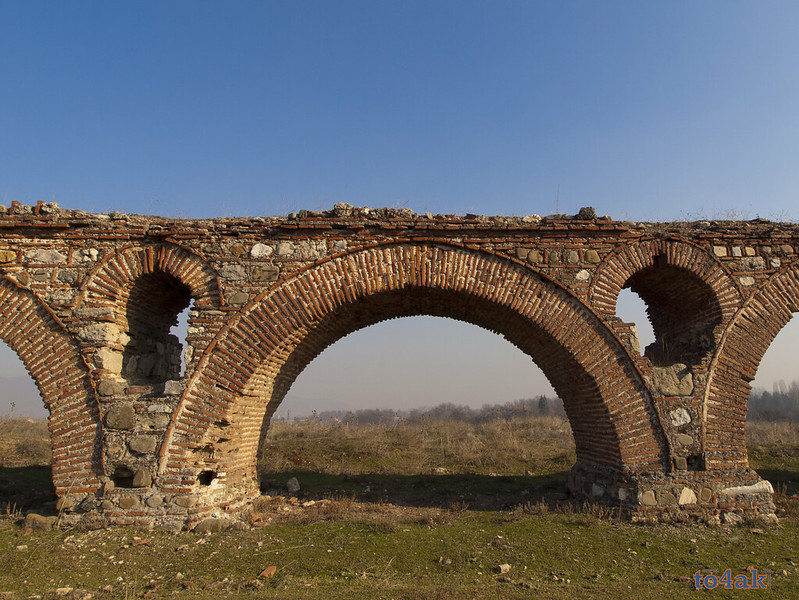
The Romans built aqueducts that revolutionized water distribution, supplying cities with clean water. These structures, such as the Aqua Claudia and Aqua Appia, spanned hundreds of miles, using gravity to carry water from distant sources into urban areas. Their engineering involved precise gradients, arches, and tunnels, allowing Rome’s population to thrive by providing access to clean drinking water, public baths, and irrigation systems.
The Colosseum: The World’s Largest Amphitheater
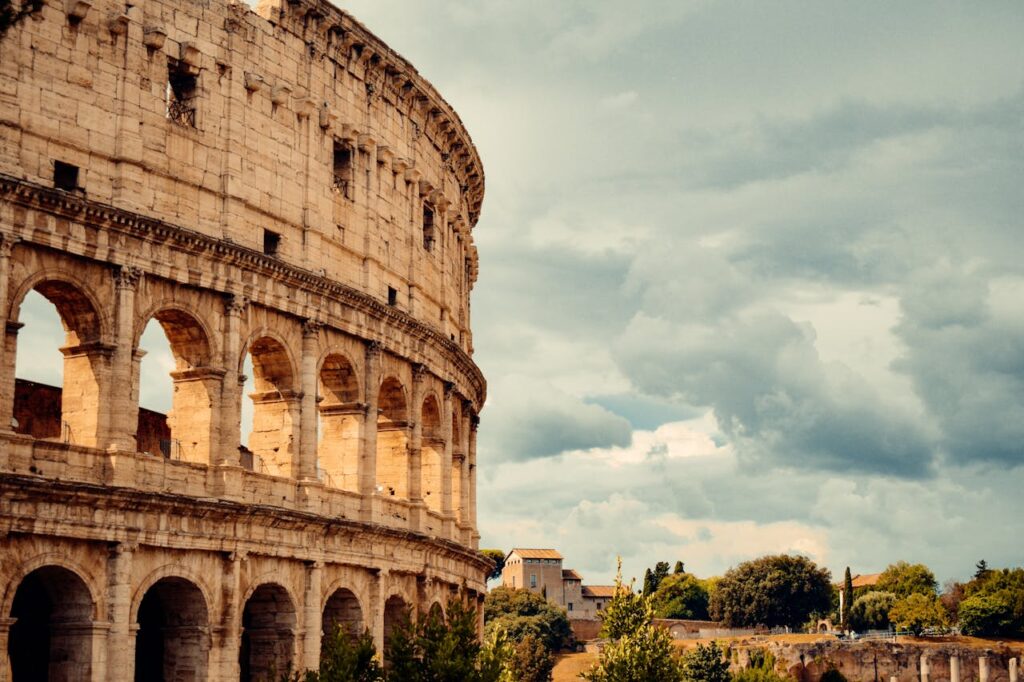
The Colosseum, also known as the Flavian Amphitheater, is an architectural marvel that could seat 50,000-80,000 spectators. Constructed with concrete and stone, this iconic arena hosted gladiator games, animal hunts, and public spectacles. Its retractable awning (velarium), complex underground systems (hypogeum), and tiered seating demonstrate Roman innovation in creating large public entertainment spaces.
Roman Roads: A Network Across the Empire
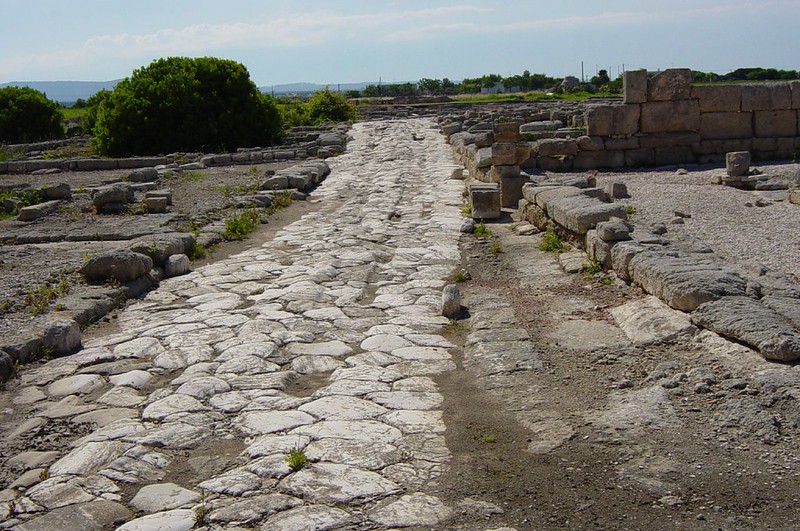
Rome built an extensive road network of over 250,000 miles, allowing for efficient military movement, trade, and communication across the empire. The roads were constructed using layers of gravel, stones, and concrete, often with drainage ditches to maintain their durability. This network was crucial in maintaining the unity and control of the Roman Empire, linking key cities and outposts.
Pantheon: The Dome That Defied Architectural Limits
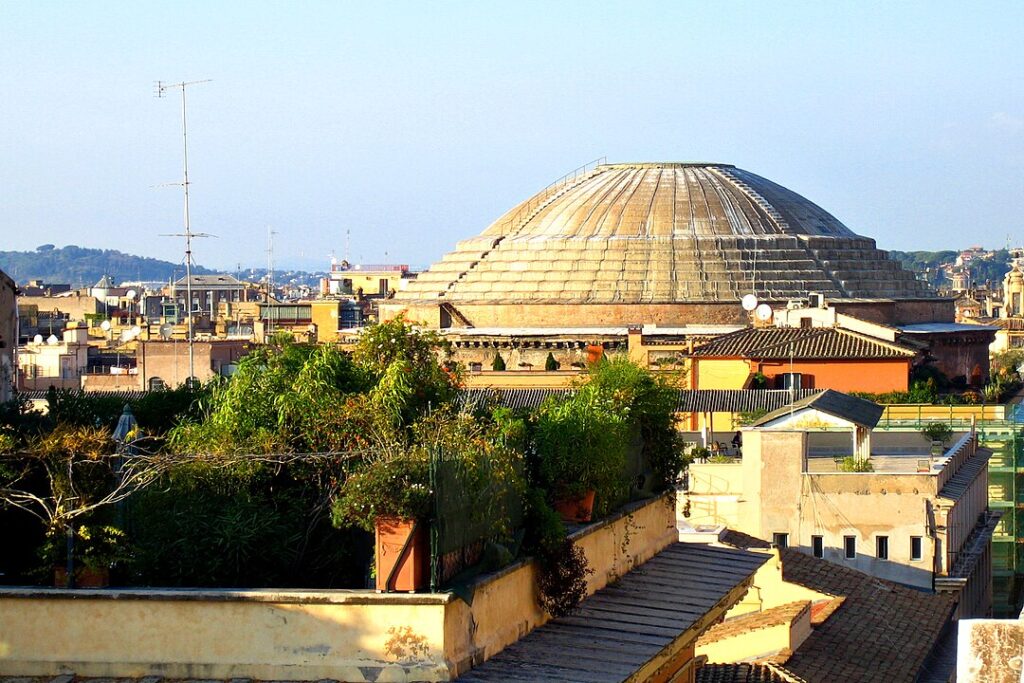
The Pantheon, with its massive concrete dome, was a groundbreaking structure for its time. The dome, still the largest unreinforced concrete dome in the world, has an oculus at its center that lets in natural light. The building’s symmetry and proportions exemplify Roman architectural mastery and their innovative use of concrete, making it a lasting symbol of Roman engineering.
The Roman Army: A Well-Oiled Military Machine
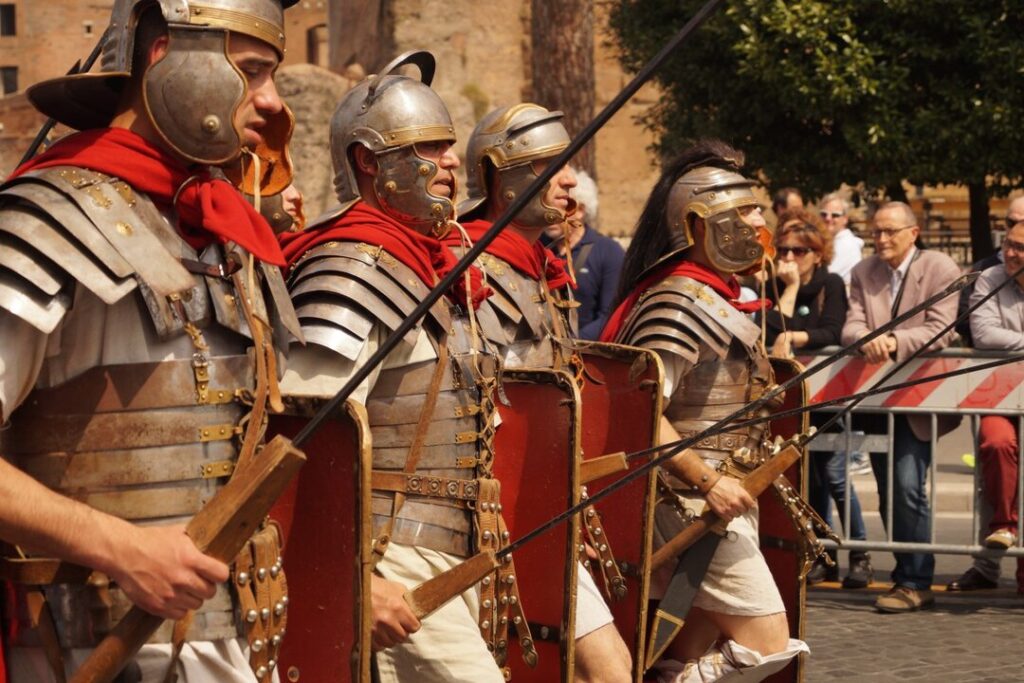
The Roman legions were highly organized and disciplined, with soldiers trained rigorously in combat, engineering, and logistics. Their military tactics, such as the testudo (tortoise) formation, gave them a significant advantage on the battlefield. The ability to build fortifications, roads, and bridges in record time allowed the Roman army to conquer and control vast territories efficiently.
Concrete: Rome’s Secret to Monumental Structures
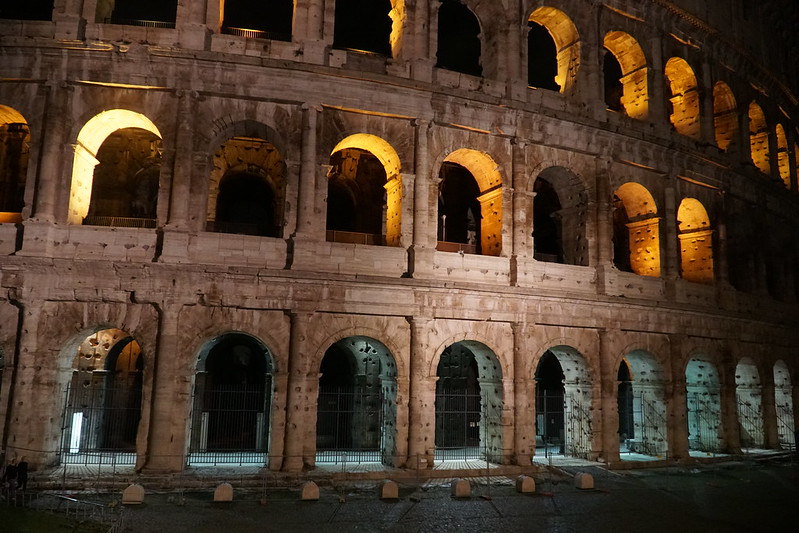
Roman concrete, known as opus caementicium, was a mix of volcanic ash, lime, and water, which made it incredibly durable and flexible. This material allowed Romans to build vast structures like the Colosseum and the Pantheon, which have withstood the test of time. The innovation in concrete technology was key to creating infrastructure that could endure for centuries.
Roman Baths: Public Centers of Hygiene and Socialization
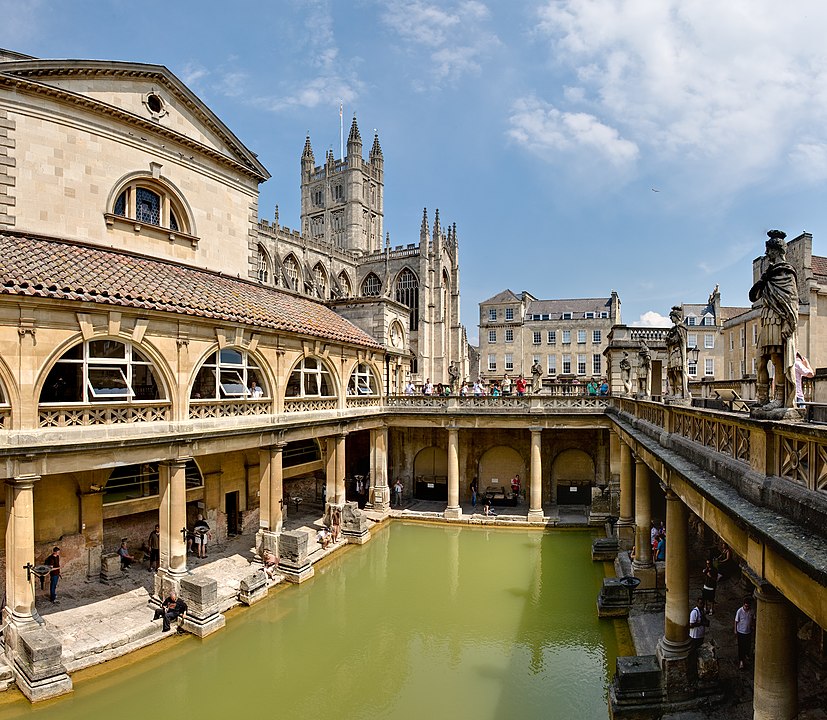
Bathhouses were not only centers of hygiene but also places for socializing, exercising, and conducting business. Massive complexes like the Baths of Caracalla featured heated rooms (caldarium), cold plunge pools (frigidarium), and saunas (tepidarium). The sophisticated heating system, known as hypocaust, used underfloor heating to keep the rooms warm, demonstrating Roman advancements in comfort and public amenities.
Hadrian’s Wall: A Monument to Rome’s Northern Frontier
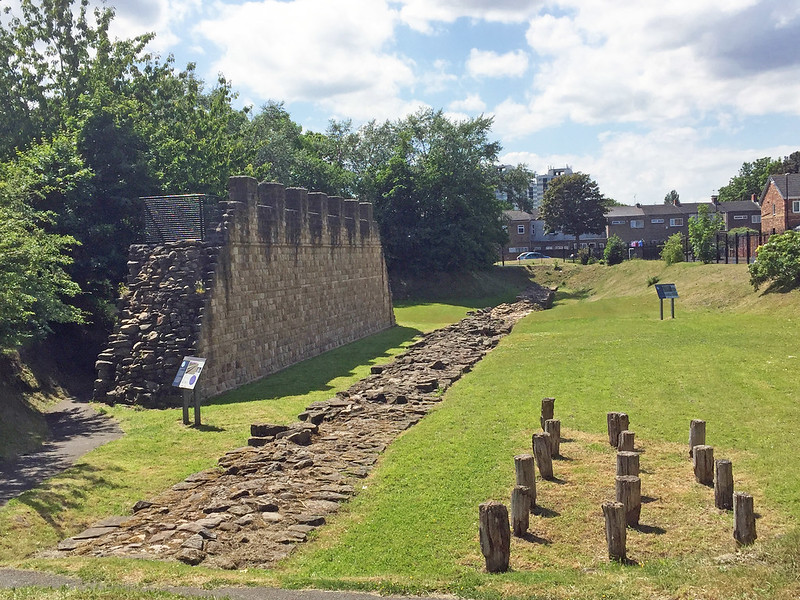
Stretching 73 miles across northern England, Hadrian’s Wall marked the Roman Empire’s boundary in Britain. Built to protect the empire from northern tribes, it included forts, milecastles, and observation towers. The wall’s construction with stone and turf, along with the military presence, symbolized Rome’s determination to secure its frontiers and the extent of its engineering capabilities.
The Roman Forum: The Heart of Roman Public Life
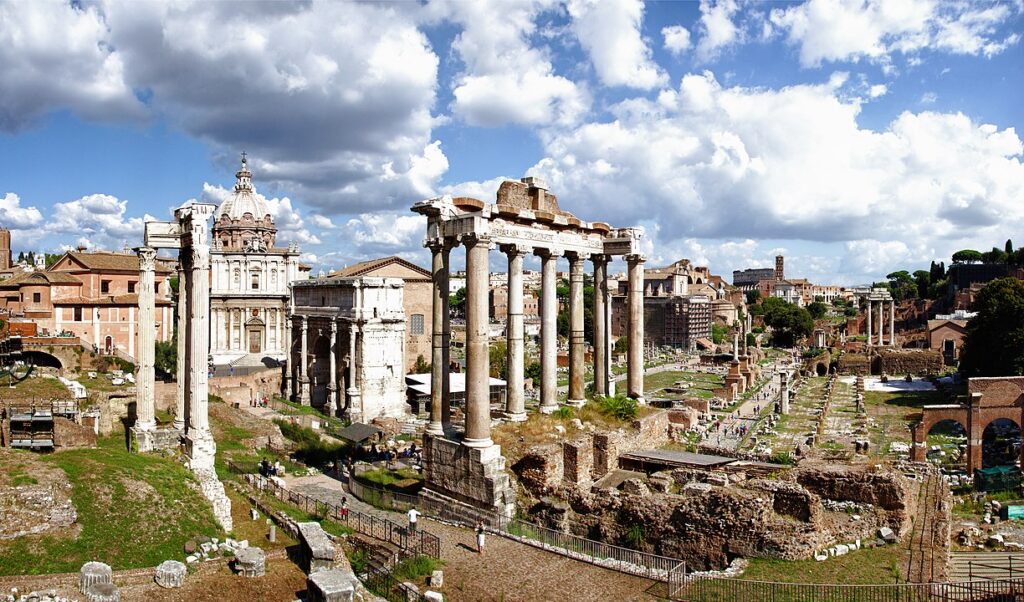
The Roman Forum was the center of political, commercial, and judicial life in ancient Rome. Surrounded by important government buildings and temples, it hosted public speeches, criminal trials, and gladiator matches. The ruins of structures like the Temple of Saturn and the Senate House still stand, showcasing the grandeur of Roman public spaces and their role in daily life.
The Arch of Constantine: Celebrating Military Triumph
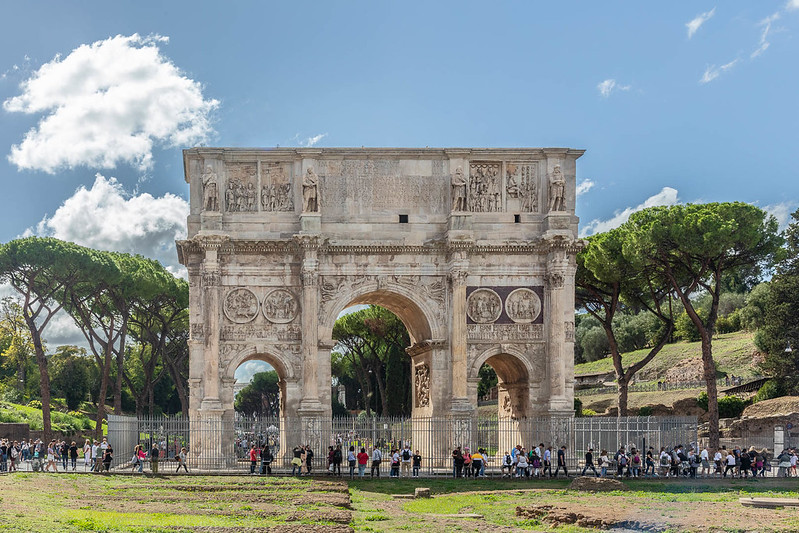
Built in 315 AD to commemorate Constantine I’s victory at the Battle of Milvian Bridge, the Arch of Constantine stands as a symbol of Rome’s military power and architectural beauty. The arch’s intricate reliefs depict scenes of battle, victory, and divine intervention, blending Roman artistry with political propaganda, making it one of the finest examples of Roman triumphal arches.
Roman Law: Foundations of Modern Legal Systems

Roman law, codified in texts like the Twelve Tables, influenced the development of legal systems in Western civilization. Principles such as “innocent until proven guilty” and rights to a fair trial were pioneering concepts that laid the groundwork for modern judicial systems. Roman legal institutions like the Senate and courts became models for governance and justice.
Circus Maximus: The Largest Stadium in Rome
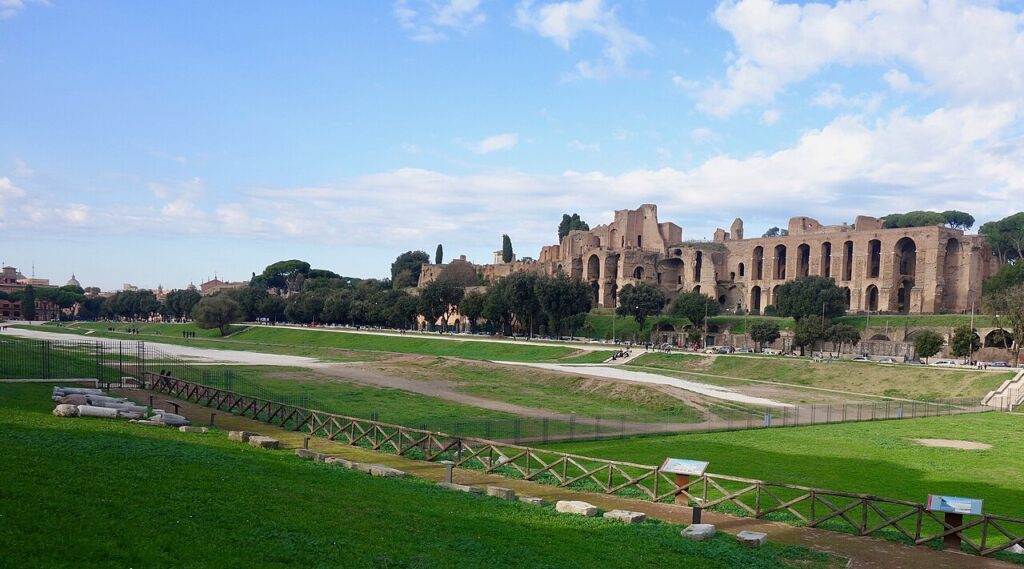
The Circus Maximus was the grandest chariot racing stadium in ancient Rome, with a capacity of 150,000 spectators. Spanning over 600 meters in length, the stadium featured racing tracks, spectator stands, and an elaborate starting gate system (carceres). It served as the primary venue for chariot races, festivals, and religious ceremonies, illustrating the Romans’ passion for entertainment.
Roman Bridges: Connecting an Empire
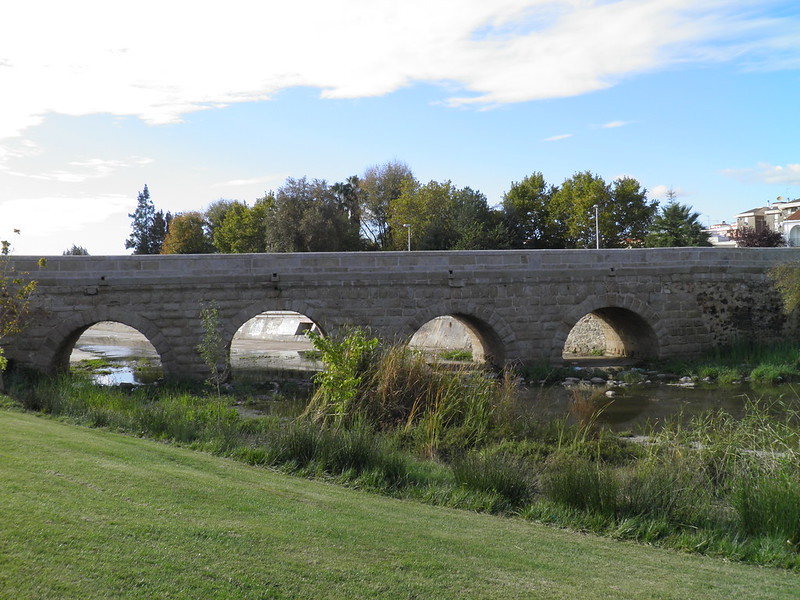
Roman bridges, like the Alcántara Bridge in Spain, were masterpieces of engineering. Built using stone and concrete, these bridges featured arches that allowed them to span rivers and valleys while maintaining stability. They facilitated trade, travel, and military movement, demonstrating Rome’s ability to connect its vast empire with durable infrastructure.
Roman Villas: Luxurious Countryside Estates
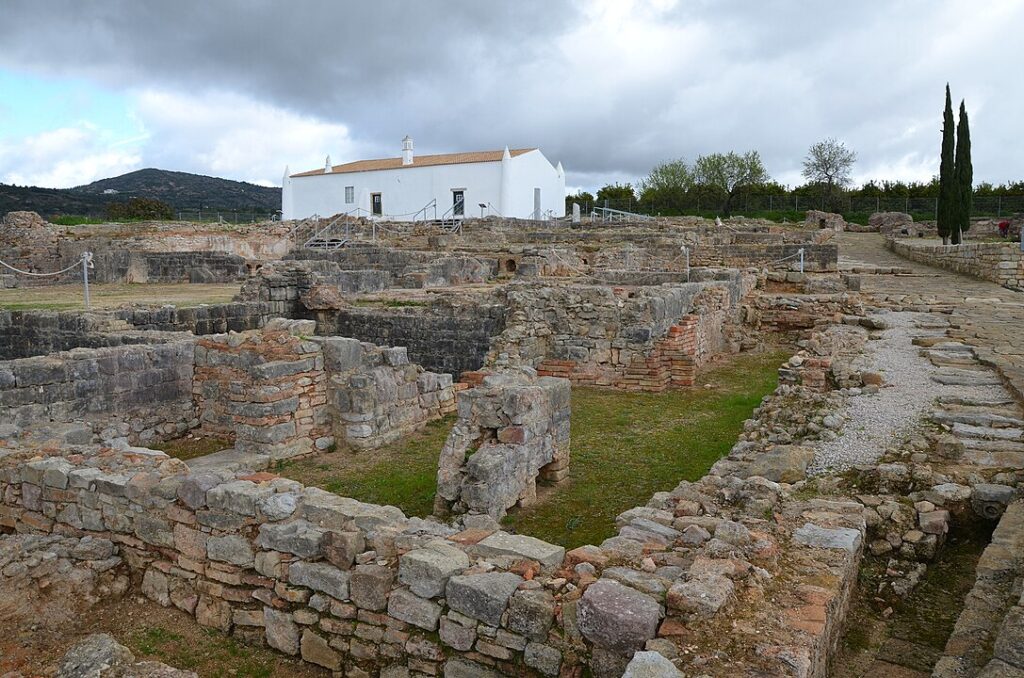
Wealthy Romans often retreated to opulent villas in the countryside, which featured elaborate gardens, courtyards, and private baths. Villas like the Villa of the Papyri in Herculaneum were richly decorated with frescoes, mosaics, and sculptures, offering a glimpse into the luxurious lifestyles of the Roman elite. These estates were centers of leisure, agriculture, and social life.
The Julian Calendar: A Lasting Timekeeping Legacy
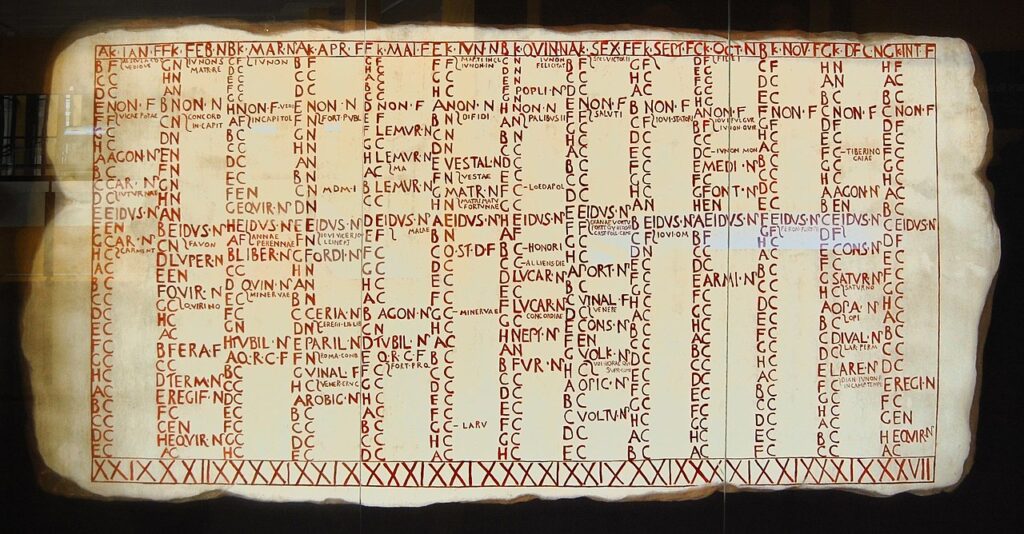
Introduced by Julius Caesar in 46 BC, the Julian calendar was a reform of the Roman calendar and established a 365-day year with a leap year every four years. This calendar provided more accurate timekeeping for agricultural and administrative purposes and was the basis for the modern Gregorian calendar we use today.
Roman Amphitheaters: Beyond the Colosseum
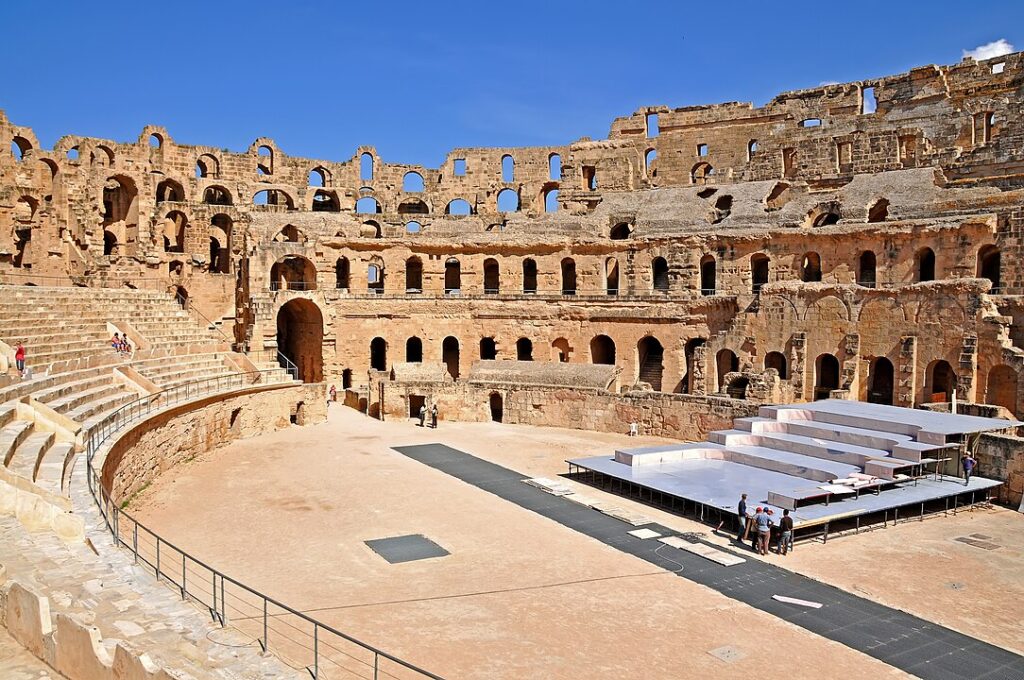
Though the Colosseum is the most famous, the Roman Empire built hundreds of amphitheaters across its territories. Structures like the Arena of Nîmes and the Amphitheater of El Jem in Tunisia illustrate the widespread popularity of gladiatorial games and public spectacles. These buildings were social hubs where people from all classes could enjoy entertainment.
The Appian Way: Rome’s Oldest and Most Strategic Road
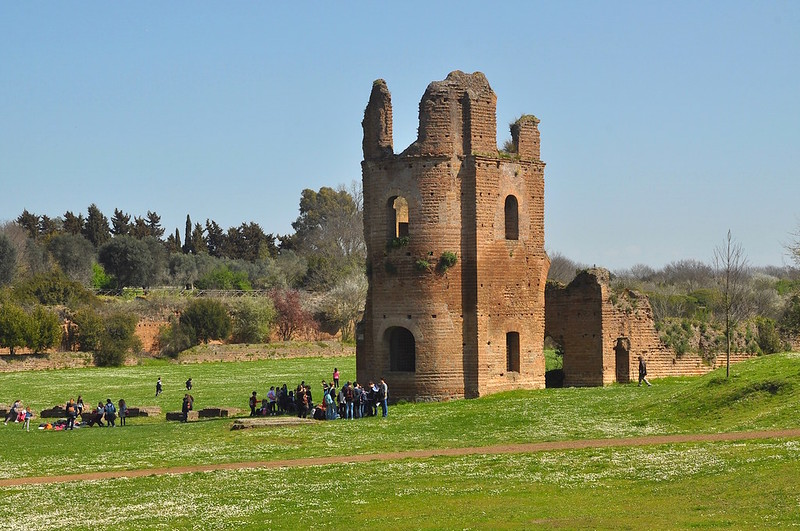
The Via Appia, also known as the “Queen of Roads,” was one of the earliest and most important Roman roads. Stretching from Rome to Brindisi, it was crucial for military operations and trade. The road was constructed using durable stone slabs and was designed to last, exemplifying the strategic importance of infrastructure in maintaining the Roman Empire.
Roman Sewers: The Cloaca Maxima
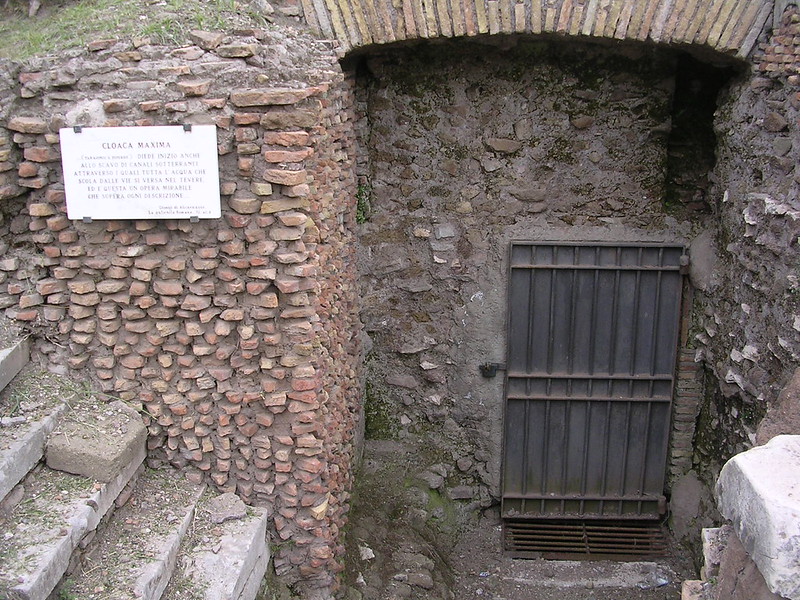
The Cloaca Maxima was one of the world’s first sewage systems, built to drain the marshlands of Rome and prevent flooding. The system helped manage waste and maintain public health, allowing the city to grow in size. This innovative engineering feat contributed to the cleanliness and urbanization of Rome, showcasing the importance of infrastructure in city planning.
The Roman Senate: Birthplace of Republican Government
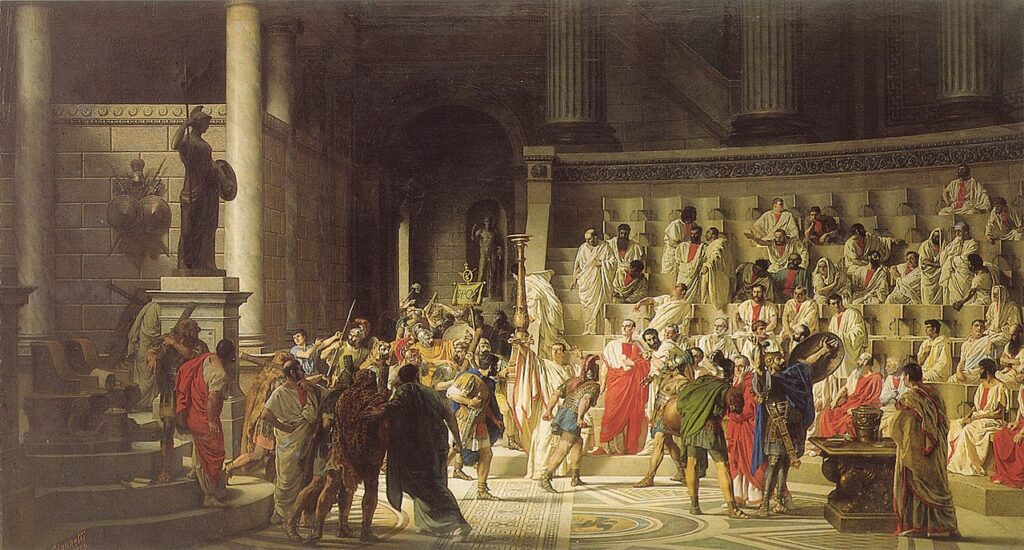
The Roman Senate was a governing body that advised Roman leaders and was instrumental in shaping Roman law and foreign policy. It functioned as a symbol of Roman Republican ideals, where debates on governance and legislation took place. Many modern democratic systems are influenced by the structure and principles of the Roman Senate.
The Arch of Titus: Commemorating a Jewish War Victory
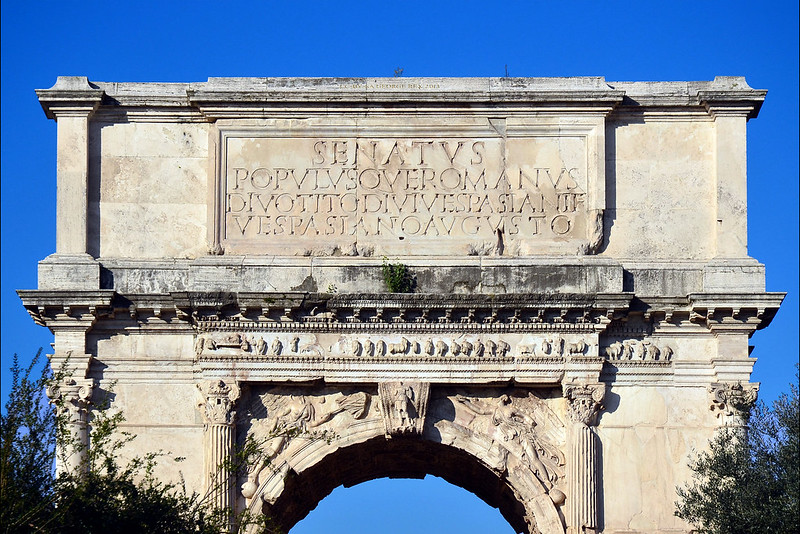
Erected in 81 AD, the Arch of Titus in Rome celebrates the Roman victory in the Jewish War and the destruction of the Temple of Jerusalem. The arch features intricate reliefs depicting the spoils of war, including the Menorah, and triumphal processions. It stands as an enduring symbol of Roman power and its ability to commemorate military achievements through monumental architecture.
This article originally appeared on UnifyCosmos.
More from UnifyCosmos
20 Financial Pitfalls to Steer Clear of in Your 40s

Avoiding certain financial pitfalls can make a significant difference in your future stability. Here are key financial decisions to steer clear of to ensure a prosperous and stress-free later life. Read more!
18 Harmful Money Habits That Can Ruin Relationships

It’s essential to recognize and address these issues early on. Here are 18 common money habits that can harm relationships the most. Read more!
23 Easy DIY Projects to Refresh Your Home Decor

Whether you’re looking to brighten a room or add some cozy details, these ideas are simple to follow and perfect for giving your home a quick refresh. Read more!
Leave a Reply